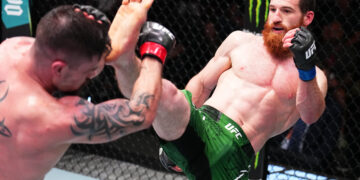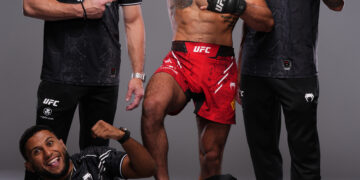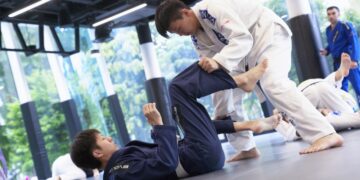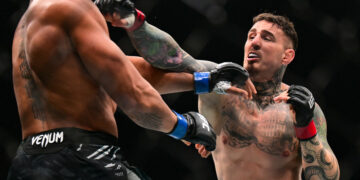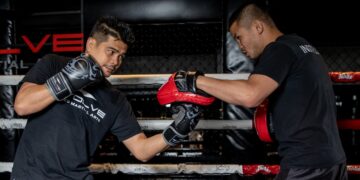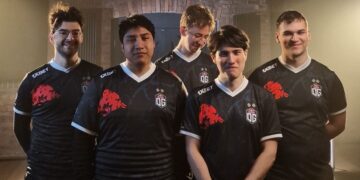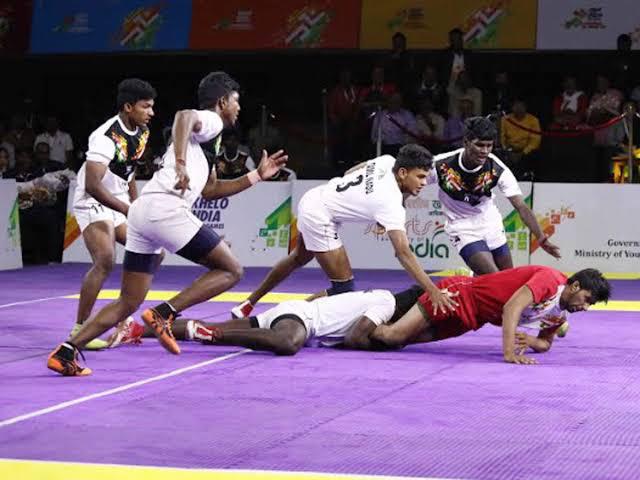Summary
Kids who train in martial arts burn a lot of energy, physically and mentally. Good nutrition and smart recovery habits help them stay healthy, focused, and excited for their next class. This guide breaks down simple ways parents can support their young warriors so they thrive on and off the mats.
Why Nutrition And Recovery Matter In Martial Arts For Kids
Martial arts is more than learning punches, kicks, and takedowns. It’s a full-body workout that challenges coordination, balance, focus, and confidence. Kids who train regularly need the right fuel and enough downtime to grow stronger without feeling worn out.
When recovery is done right:
- Their energy stays stable during training.
- They learn better and remember more techniques.
- Motivation stays high instead of dropping from fatigue.
- Injuries become less likely because their bodies are prepared.
It’s not about strict dieting, it’s about healthy habits that support an active lifestyle. Let’s take a look at some key ways you can help your child recover faster and grow stronger in their martial arts training or any other sport they pursue.
1) What Should Kids Eat?

Kids training in Muay Thai or BJJ need balanced meals, healthy fats, protein, and hydration to fuel energy, growth, and focus on the mats.
Children burn through energy fast, especially with Muay Thai drills or BJJ rolling. Their meals should be simple, balanced, and colorful:
- Carbs For Energy: Rice, noodles, whole grains, fruits, potatoes.
- Protein For Growing Muscles: Chicken, tofu, eggs, fish, beans.
- Healthy Fats For Brain Power: Avocado, nuts, olive oil, eggs.
- Fiber + Micronutrients: Lots of leafy greens and different colored vegetables.
And don’t forget:
- Hydration is key during Singapore’s warm climate. Water beats sugary sports drinks most of the time.
- Snacks matter; a banana or yogurt before class is way better than a chocolate bar after school.
Small changes go a long way: a hydrated kid is a happier kid on the mats.
2) Growth And Recovery After Classes

Kids build strength through recovery. Sleep, stretching, active play, and rest days are key for long-term progress and growth.
Kids don’t build strength only during classes; they build it after class through various other activities including rest. Rest isn’t laziness. It’s the secret ingredient to long-term progress.
Key recovery pillars:
- Sleep: Children aged 6–12 typically need 9–11 hours per night. Early bedtime = better mood + better focus + faster learning in training.
- Stretching: A light cooldown routine helps with maintaining flexibility, reducing stiffness the next day, and supporting growing bones and joints.
- Active Play: Recovery doesn’t always mean lying down. Bike rides, swimming, or simple playground fun keep their bodies moving without intensity.
- Rest Days: Even elite young athletes need breaks. More training isn’t better training; better balance is better training.
3) Avoid Overtraining
Kids might not always know how to explain discomfort or stress. Here are signs parents should watch for:
- Unusual fatigue or sluggishness.
- Mood swings or irritability.
- Sleep disruption.
- Frequent minor injuries.
- Losing excitement to train.
If any of these appear, it’s perfectly okay to take it easy. A day off can protect months of progress.
How Martial Arts Coaches Support Recovery And Well-Being
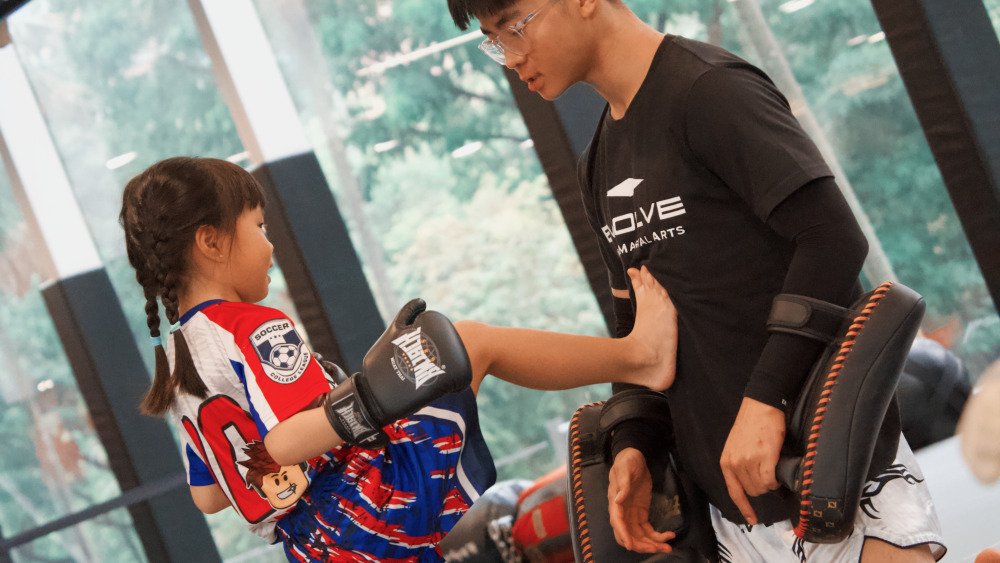
A great martial arts school develops kids holistically, balancing skill-building, confidence, and recovery for overall growth.
A good school doesn’t just push kids, it develops them holistically.
At Evolve MMA, coaches incorporate:
Kids learn not only how to train hard, but also how to take care of themselves after training.
FAQ: Kids, Nutrition & Martial Arts
Q: Should Kids Eat Right Before Class?
A: A light snack 30–60 minutes before training works great, fruit, yogurt, or a small sandwich.
Q: Do Kids Need Protein Shakes?
A: Most don’t. Real food usually provides enough nutrition unless recommended by a healthcare professional.
Q: How Many Days Per Week Should Kids Train?
A: Two to three training sessions weekly help build skills without overloading growing bodies. Once your child is accustomed to the training, they can train more as well.
Q: Are Sports Drinks Necessary?
A: Water is usually enough. Sports drinks are only useful during very long or intense sessions.
Q: My Child Is Shy, Does Good Nutrition Affect Confidence?
A: Absolutely. When kids feel energized and healthy, it supports their self-esteem and focus in class.
Final Thoughts
Kids who train in martial arts gain physical strength, but with proper nutrition and rest, they also gain emotional strength, discipline, and healthier habits that last a lifetime.
Support them with:
- Smart snacks
- Plenty of water
- Quality sleep
- Active, fun recovery time
When children feel recharged, they step onto the mats confident, focused, and ready to give their best.
You may also like:
Martial Arts Vs Team Sports: What’s The Better Fit For Your Child?
You know that feeling, the one where you stare down the weighing scale, hoping the number’s budged, only to see the same stubborn digits again. You’ve cut carbs, done late-night treadmill guilt sessions, and even…
Following the success of ONE 172, fight fans in Japan and around the world are hungry for more action. From lightning-fast knockouts by Muay Thai icon Rodtang Jitmuangnon to high-level MMA finishes by Japan’s own…
In a city as fast-paced and high-performing as Singapore, finding time to take care of your health can feel like a luxury. Between juggling demanding jobs, long commutes, and constant digital distractions, our urban lifestyle…
Martial arts training might be what you need if you’re interested in a more exciting way to rebuild that knee, shoulder, or back. Signing up for classes won’t automatically give you some magical ability to…
Any parent already knows that raising children can be as challenging as trying to juggle two flaming swords while blindfolded on a treadmill. Many are turning to martial arts classes to get their kids off…
A loss during competition sometimes feels like a sucker punch to your ego. One minute, you’re on top of the world and questioning every decision you made during the match—and maybe even in life—the next…
Summary In a fast-paced city like Singapore, stress, fatigue, and burnout often feel like part of daily life. Between long working hours, digital distractions, and limited downtime, many adults are searching for a way to…
Summary You need to learn how to throw punches in bunches if you plan to compete as a boxer. Sure, the first thing you need to focus on when you start boxing training is the…
With the rise of global fitness competitions showcasing athletes from different sports and the recent appearance of Bokh Wrestling Champion Orkhonbayar Bayarsaikhan in Physical Asia, many have started to wonder what Bokh Wrestling is all…
Summary The penetration step is a fundamental wrestling movement used to close the distance and drive power into a takedown. It’s not just a forward step but a full-body motion that helps you shoot deep…
Summary In Boxing, the beauty of outboxing lies in its precision and adaptability. It’s the art of dictating distance, tempo, and rhythm while forcing your opponent to fight your fight. But mastering outboxing goes beyond…
Summary Over the last few years, a remarkable shift has been happening in the world of television and fitness. Reality competition shows built around extreme physical challenges are no longer niche, they’re becoming mass-market phenomena….






